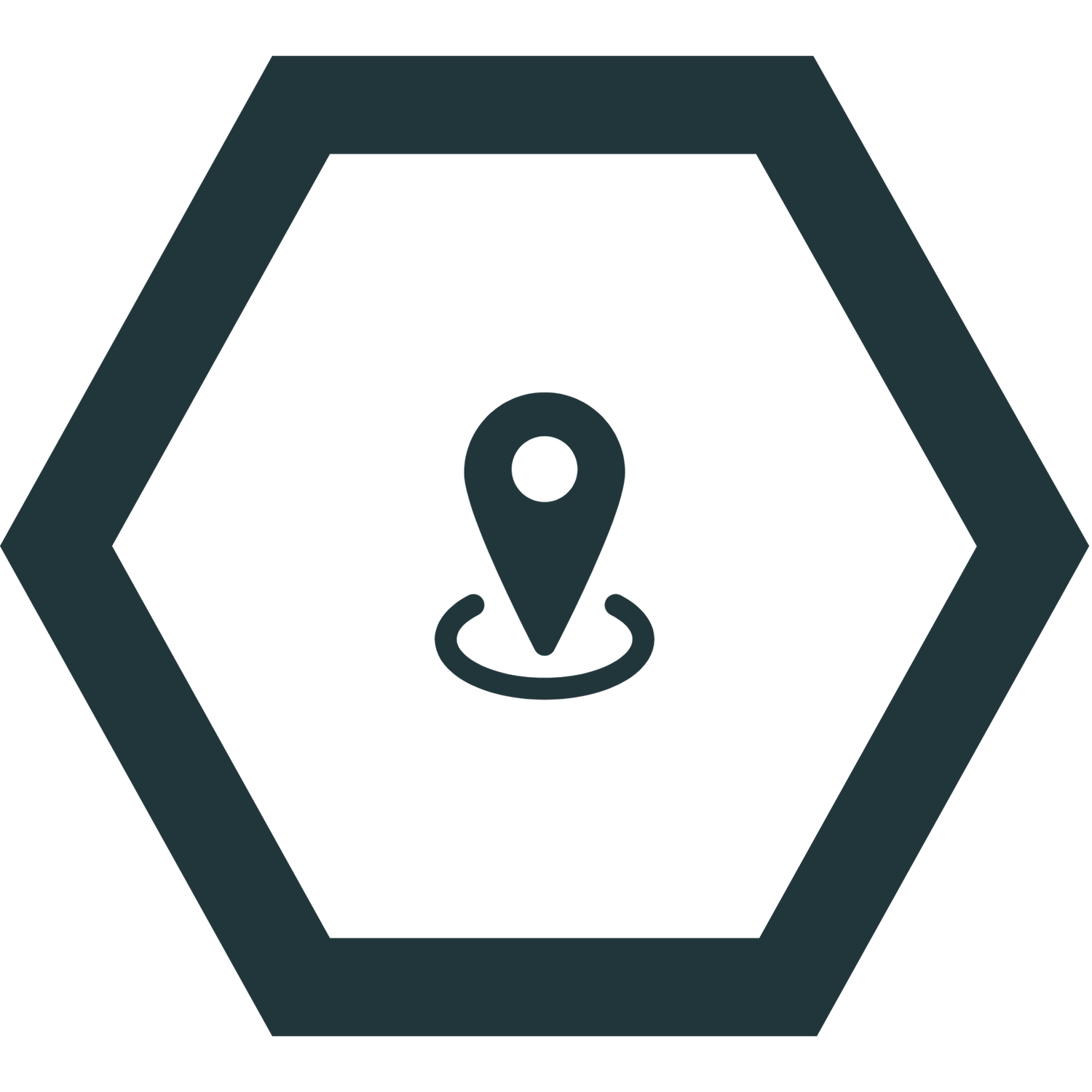Brand Research: Costco’s Location Footprint & Market Strategy
Costco, the much beloved big box retailer, operates ~582 stores in the United States. We pulled the data on these stores to learn where their footprint is today, the characteristics of the areas surrounding the stores, and what the information says about their market strategy.
Nationwide Footprint
Costco’s footprint spans most of the United States. We overlaid a 20-minute drive time radius on their 582 locations to understand their coverage. We found that:
The brand concentrates primarily in and around large urban-suburban markets
Central-to-Southern California, the NYC-DMV corridor, and Chicago have very high store concentration
Most locations grow outward from a major market; few are in isolated locations
20-minute drive-time radius for each of Costco’s locations in the contiguous US
Given that the brand is more of a “destination” shopping experience, we used a 20-minute driving radius as a catchment area for the length of time a customer would travel to reach them.
We found that this assumption held better in secondary markets. In primary urban markets like Los Angeles, DC, NYC, and Chicago, the locations were far closer than this driving radius would suggest.
In this catchment area, we found:
Large market size: ~170,000 households
Above average income: ~$77,500 median household income
Growing population: 4.2% 5-year population growth
High employment: ~225,000 jobs and 57% of adults working full-time
Targeting a large market size of middle-to-upper middle income households is necessary given the investment to build and operate locations at the size and scale of a Costco (on average ~146,000 sq. ft).
The investments that Costco makes in a new location are also long-term, making the importance of the surrounding area even higher than an average store (akin to a grocery store or large multi-family development).
Half of locations open today were opened in 2002 or earlier. This is a long time horizon, and through many economic cycles, for the business to continue to be successful and is a testament to their location strategy.
New Location Growth
Over the past 5 years, Costco has opened an average of ~13 new locations per year.
Even looking backward to 2008, the number of locations opened per year is fairly consistent. These new locations are tracking populated, growing areas. Since 2008, we see the highest location growth in:
California: +25 stores
Texas: +22 stores
Illinois: +12 stores
Florida: +10 stores
Georgia: +10 stores
Interestingly, new store location profiles are starting to look different than existing store profiles.
We found that new locations have:
Lower market size
Lower surrounding employment
Faster population growth
This suggests that the company may have limited runway remaining in their initial core strategy and is now looking at new market profiles for location growth. It also enables further growth by proving out a new market profile. Once establishing success in a new location type, the company can have more confidence to continue growing in those types of areas.
As an example of the difference in existing and new location profiles, we looked at two locations in and around Raleigh, NC.
The location near downtown Raleigh and surrounded by a fairly large residential area opened in 2006. A new location, opened in 2021, has lower market size - about half as many households within the 20-minute catchment area - but much faster population growth.
Future Growth Opportunities
We see three core growth opportunities for the brand given their current footprint and recent location trajectory:
Continue Sunbelt expansion
Fill in the Northeast
Target Midsize, High-Growth Counties
Continue Sunbelt Expansion
Florida and Texas have seen high in-migration during the past 2-3 years. While Texas is second on number of new locations over the past 15-years for Costco, Florida is 4th, with only 10 new locations.
We see Florida becoming a much more important growth market over the coming 15-years given these migration patterns, and Texas to continue to be a growth market. Both of these markets also have space and land, key requirements for a Costco location.
Fill in the Northeast
Though likely a smaller opportunity than the Sunbelt, there are still noteworthy gaps in the Northeast that could likely present 10+ new location opportunities. Moving through populated areas in New Hampshire (Manchester, Concord, Seacoast) and up the Maine coast to Portland is a start.
New York, north of NYC, also only has two locations. Looking at places like Albany and Buffalo are areas where the brand can find space and reach their target audience.
Target Midsize, High-Growth Counties
New locations show that Costco is starting to move into slightly less populated markets. We looked at the intersection of high-growth counties and the current footprint to look for locations where Costco can expand in new markets and density existing markets.
We see opportunity for net new markets in places like:
Worcester, MA (west of Boston)
Denton, TX (north of Dallas)
Columbia, SC
We see a chance to build more density in:
Columbus, OH
Naples, FL
Nashville, TN
We built a tool where you can look up your local Costco location and see the catchment area, data points, and how it ranks against all Costco locations.
Interested in this topic? Get in touch with me here or by email at jordan@jordanbean.com.







